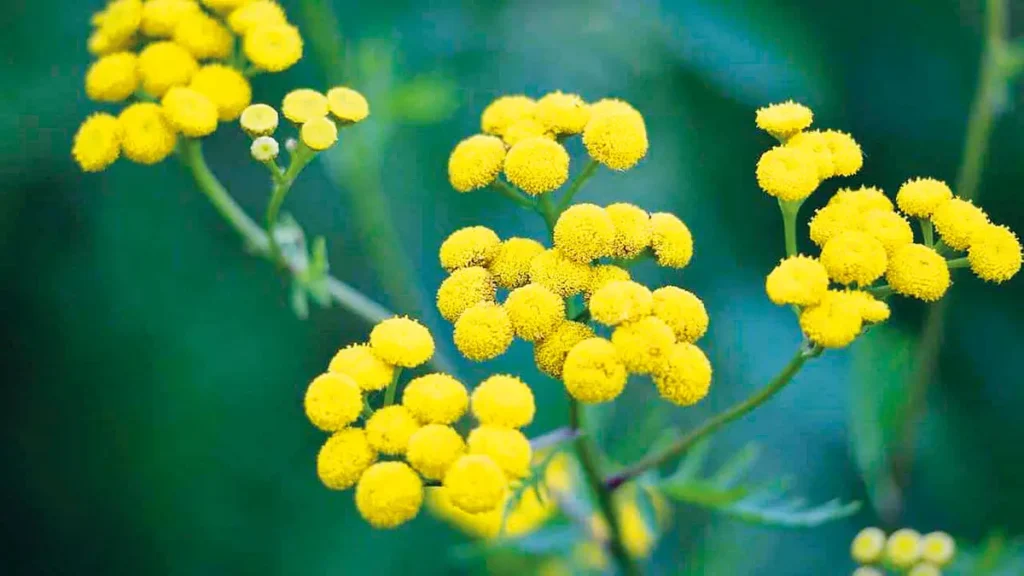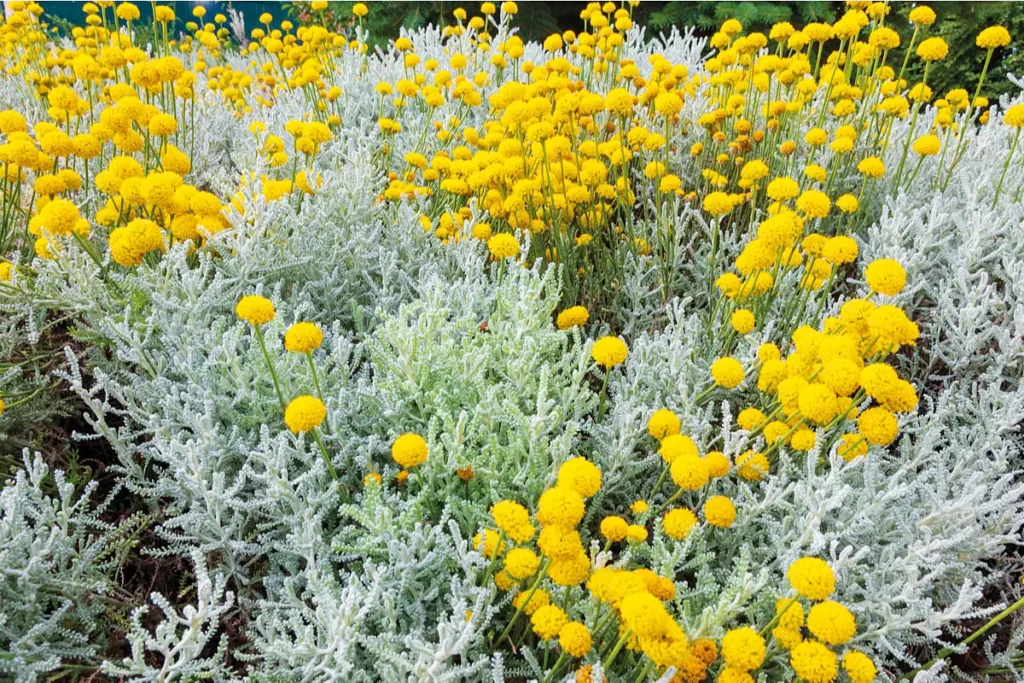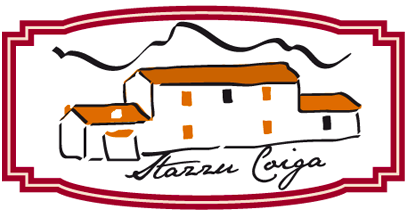


Nome Italiano: Elicriso
Nome scientifico: Helichrysum italicum G. Don subsp. microphillum
Nome Gallurese: Brundedda / Buredda
Descrizione:
Pianta aromatica perenne, molto ramificata con fusti ricoperti da peluria argentea. Le foglie alterne, strette e lineari, sono di colore grigio-verde o grigio-cenerino. I fiori, tubolosi, profumati, ermafroditi, di colore giallo-oro, hanno una lunga corolla tubolare che termina con 5 lobi triangolari, riuniti in tanti piccoli capolini di colore dorato brillante. Tutte le parti della pianta sono fortemente aromatiche, in particolar modo i fiori. I frutti sono piccolissimi acheni piumosi, lucenti, di forma cilindrica. La pianta è conosciuta come “l’erba del sole”. Il suo nome deriva dal greco helios (sole) e chrysos (oro).
Proprietà e usi:
Le foglie e il fiore di questa pianta sono utilizzati in cucina come aromatizzanti e in erboristeria sotto forma di tisana o estratto per la loro azione antinfiammatoria, antiallergica, oltre che per le proprietà espettoranti, analgesiche, antibatteriche e cicatrizzanti. Una proprietà rilevante dell’uso esterno dell’elicriso è quella astringente e analgesica in quanto contrasta l’infiammazione e il dolore; come altrettanto significativa è la proprietà antiedemigena impiegata nella riduzione degli edemi celebrali. Per uso interno la pianta è utilizzata nel trattamento dell’allergia, in presenza di rinite, congiuntiviti e blefariti allergiche, tosse, bronchite acuta e cronica.
Curiosità e miti:
Da alcuni decenni l’elicriso è oggetto di studi da parte di molte industrie farmaceutiche in tutto il mondo dalla cui molecola, per le sue proprietà antinfiammatorie e battericide, è stato ricavato il principio attivo chiamato Arzanolo, in omaggio al paese di Arzana (NU) nel cui territorio cresce abbondante questa pianta. L’Arzanolo (unico principio attivo al mondo che porta il nome di un paese) è una molecola naturale di rilevante interesse per la ricerca scientifica di nuovi farmaci antinfiammatori, antitumorali e per la lotta all’Aids, i cui risultati vengono pubblicati nelle più importanti riviste mediche e farmaceutiche di tutto il mondo
Anche per i cristiani l’asfodelo ha un valore simbolico. Il consiglio del Tempio cercava un marito per Maria. Per individuare l’uomo degno, domandavano a costui un segno divino: a Giuseppe fiorì tra le mani un bastone d’asfodelo.

Italian name: Elicriso
Scientific name: Helichrysum italicum G. Don subsp. microphillum
Gallurese name: Brundedda / Buredda
Description:
A perennial, highly branched aromatic plant with stems covered in silvery down. The alternate, narrow, linear leaves are grey-green or ash-grey in colour. The tubular, fragrant, hermaphrodite, golden-yellow flowers have a long tubular corolla ending in 5 triangular lobes, grouped in many small, bright golden flower heads. All parts of the plant are strongly aromatic, especially the flowers. The fruits are very small, shiny, cylindrical, feathery achenes. The plant is known as ‘the herb of the sun’. Its name is derived from the Greek helios (sun) and chrysos (gold).
Properties and uses:
The leaves and flower of this plant are used in cooking as a flavouring and in herbal medicine in the form of herbal tea or extract for their anti-inflammatory, anti-allergic, as well as expectorant, analgesic, antibacterial and healing properties. A significant property of the external use of helichrysum is its astringent and analgesic properties as it counteracts inflammation and pain; equally significant is its anti-oedemigenous property used in the reduction of cerebral oedemas. For internal use, the plant is used in the treatment of allergy, in rhinitis, allergic conjunctivitis and blepharitis, coughs, acute and chronic bronchitis.
Curiosities and myths:
For several decades now, helichrysum has been the subject of studies by many pharmaceutical industries around the world, from whose molecule, due to its anti-inflammatory and bactericidal properties, the active ingredient called Arzanol has been obtained, in homage to the town of Arzana (NU) in whose territory this plant grows abundantly. Arzanol (the only active ingredient in the world that bears the name of a village) is a natural molecule of considerable interest for scientific research into new anti-inflammatory, anti-tumour and AIDS-fighting drugs, the results of which are published in the most important medical and pharmaceutical journals worldwide
For Christians, asphodel also has a symbolic value. The Temple Council was looking for a husband for Mary. To find a worthy man, they asked him for a divine sign: a stick of asphodel bloomed in Joseph’s hands.
